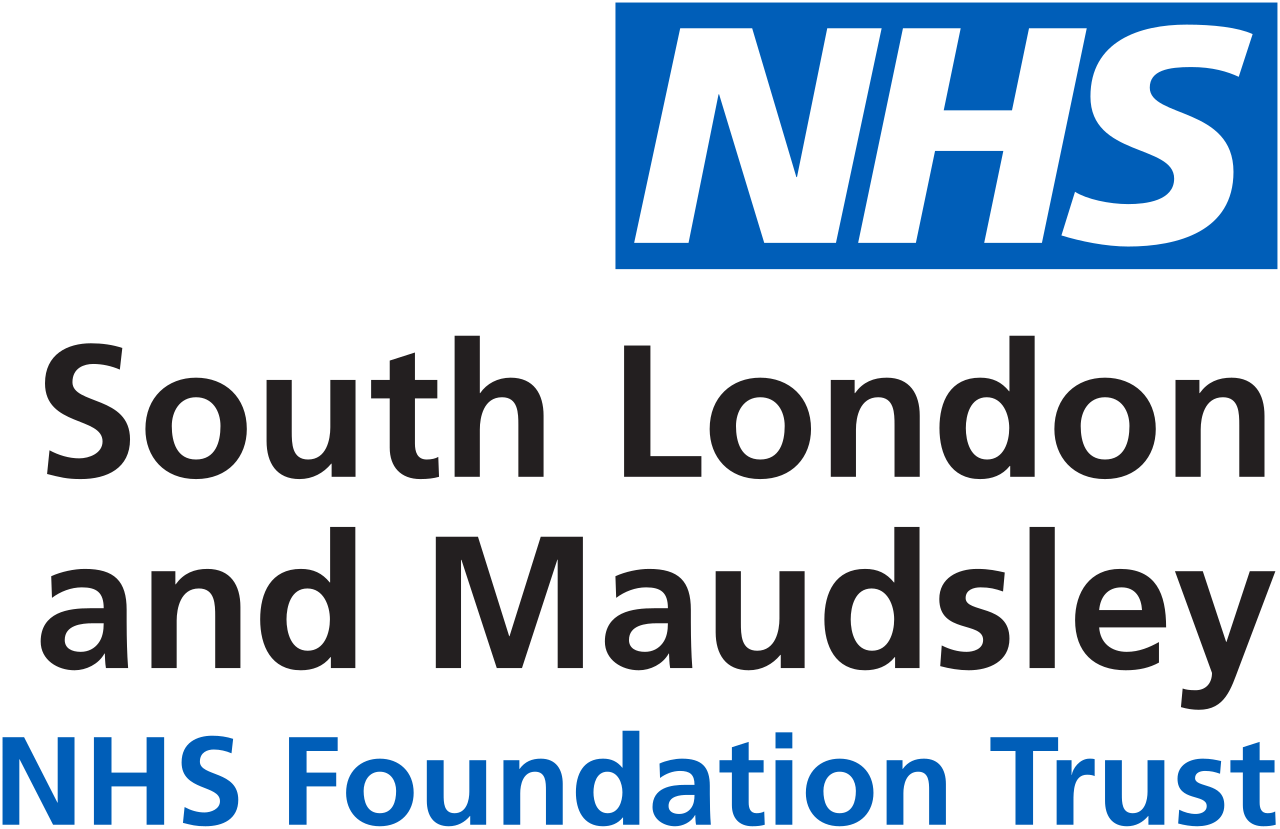Physiology of Schizophrenia Spectrum Disorders (Treatment Resistant Imaging- TRIM) | C4C
Although antipsychotic medication is the mainstay of treatment for schizophrenia, approximately one third of patients do not respond to antipsychotics and are described as having ’treatment resistant schizophrenia’ (TRS). TRS patients are amongst the most severely distressed and disabled of all mental health patients, are at a high risk of suicide, are over-represented in forensic psychiatry settings, have relatively prolonged hospital admissions, require relatively high levels of health and social care resources, and most are not able to work. The biological mechanisms that contribute to TRS are unclear. Better understanding of the physiology of TRS is important for understanding why some patients develop treatment resistant illness, and in the future this may lead to clinical tools to predict outcome and aid future drug discovery for this patient group. We will recruit patients with Treatment Resistant Schizophrenia and measure several brain and blood-based physiological variables. These data can be compared to data collected at our centre in other studies using the same approaches, in patients at different illness phases and in healthy volunteers. This will allow description of the abnormal brain and blood based physiological measures associated with treatment resistant schizophrenia.

